Top 10 Pug Dogs Health Issues: What Every Owner Should Know!
Pugs are quite popular as companion animals because of their unique wrinkled faces and endearing demeanor. These strong, compact dogs are well-known for their energetic and loving personalities, but owners should be warned that they are susceptible to certain health problems. The top 10 Pug Dogs Health Issues that frequently afflict pugs will be discussed in this article, along with helpful information on how to prevent, identify, and treat them.
1) Syndrome of the Brachycephalic Airway
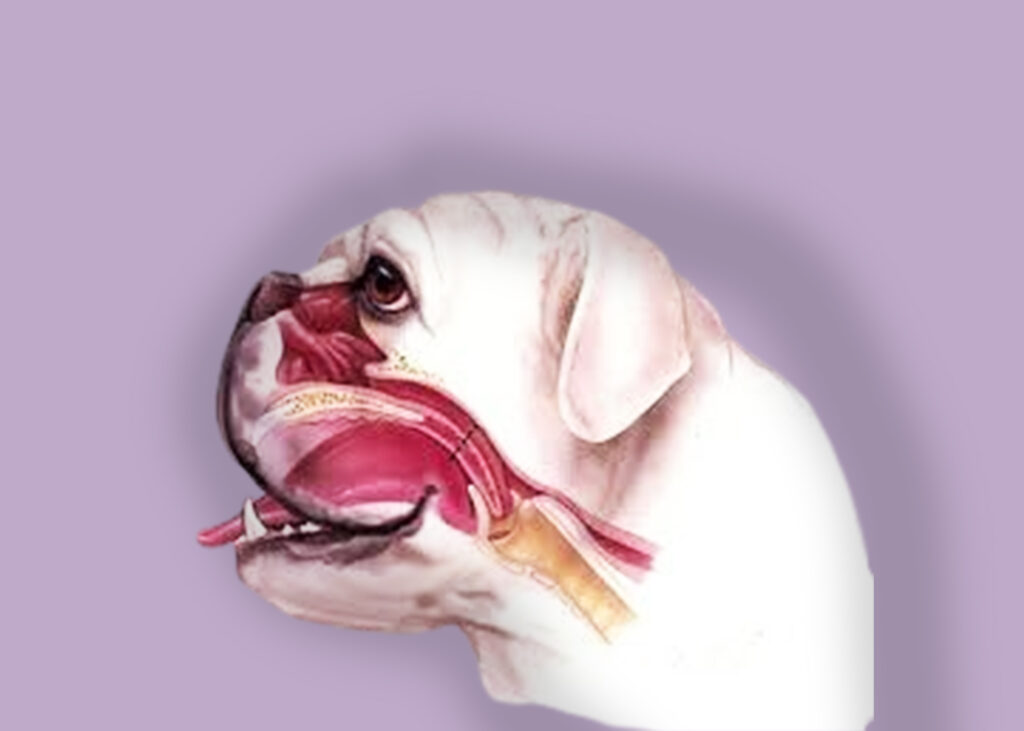
Brachycephalic Airway Syndrome (BAS) is a silent enemy that afflicts breeds of brachycephalic animals, which are prized for their charmingly flat faces and unique traits. Due to their distinct anatomical features, breeds including pugs, bulldogs, French bulldogs, and Boston Terriers are more susceptible to this respiratory ailment. This is the main Pug Dogs Health Issues. Maintaining the health and wellbeing of these cherished friends requires an understanding of their origins, symptoms, and preventative measures.
Causes
Brachycephalic Airway Syndrome is a result of certain breeds’ innate morphology. Narrowed nostrils, called stenotic nares, are caused by flattened faces and shorter skulls, which impede normal breathing. In some situations, a hypoplastic trachea and an enlarged soft palate also contribute to respiratory issues. These anatomical subtleties predispose people to airway blockage and reduce breathing effectiveness.
Symptoms
Recognizing BAS signs is essential for timely intervention. There are telltale wheezing, snuffling, and snorting noises. When a dog is exercise-intolerant, their breathing gets difficult, and they become lethargic. They are more vulnerable to heat-related discomfort due to their increased heat sensitivity. In extreme circumstances, low oxygenation can cause cyanosis, or a blue tinge, to appear on the tongue and gums.
Preventions
Both owners and breeders must work together to prevent BAS. By prioritizing healthy anatomical qualities in breeding procedures, the genetic propensity for the disease can be reduced. Frequent veterinary examinations allow for early identification and treatment, which expedites the handling of respiratory problems. Controlling weight is essential since being overweight makes breathing harder. Owners should take the weather into account and refrain from doing intense exercise in hot weather to avoid issues from the heat. Brachycephalic breeds have longer, healthier lives thanks to the efforts of breeders and owners who address the underlying reasons, identify symptoms, and take preventative measures. This helps preserve the breed’s distinctive appeal for future generations.
2) Obesity

Dog obesity is a global health problem that affects them more than just appearance; it also has an effect on their general well-being. This is the main Pug Dogs Health Issues, In order to address this expanding issue as responsible pet owners, it is critical that we comprehend the causes, identify the symptoms, and put preventative measures in place.
Causes
Canine obesity has a variety of causes. One significant contributing factor to overfeeding is giving sweets or portions that are too large or well-intentioned. Dogs that have sedentary lives and receive insufficient exercise also have a significant impact. Tailored treatment is essential because some breeds may be genetically predisposed to gaining weight. Obesity can also be caused by underlying medical disorders like hypothyroidism.
Symptoms
Early intervention for obesity requires an understanding of its signs. Increased body weight and a blurred waistline are obvious indicators. Excess fat makes it difficult to palpate the ribs, and dogs may become lethargic and less interested in exercise. Other symptoms of the negative effects of obesity on a dog’s health include changing grooming habits, musculoskeletal issues, and respiratory difficulties.
Preventions
Pet owners must take a comprehensive approach to preventing obesity. It’s crucial to feed a balanced diet in sensible portions, keeping in mind the dog’s size, age, and degree of activity. Physical well-being is enhanced by regular exercise that is catered to the breed and energy level of the dog. Weight management is aided by keeping an eye on food consumption and selecting nutrient-dense, low-calorie foods. Frequent veterinary examinations can identify weight-related problems early on and allow for prompt treatment.
In order to combat canine obesity, pet owners must take the initiative and prioritize a balanced diet, frequent exercise, and attentive medical attention. Our canine friends can live healthier, happier lives free from the pressures of excess weight if we know the causes, recognize the signs, and take preventive action.
3) Hip Dysplasia

Dogs with hip dysplasia, a common orthopedic condition, have considerable mobility and general well-being challenges. This illness is the main Pug Dogs Health Issues, which is frequently seen in larger breeds, calls for better knowledge of its underlying causes, early detection of symptoms, and preventative action.
Causes
The main cause of hip dysplasia is genetics, with inherited factors playing a role. German Shepherds, Labrador Retrievers, and Golden Retrievers are breeds that have a tendency. Environmental variables, though, are also important. Hip dysplasia can arise as a result of rapid growth, poor nutrition, and excessive weight gain during puppyhood. Furthermore, problems like the laxity of the ligaments surrounding the hip joint may make the illness worse.
Symptoms
For early intervention to be effective, hip dysplasia signs must be recognized. Signs of this illness in dogs include lameness in the rear limbs, an aversion to physical activity, and trouble getting up or down stairs. Other signs include decreased hip joint range of motion, audible clicking sounds made when moving, and atrophy of the hindquarter muscles. There may also be obvious pain and discomfort, particularly after exercise.
Preventions
Preventing hip dysplasia requires a multimodal strategy. Selective breeding techniques that place an emphasis on hip joint health can lessen the inherited tendency. Essential preventive measures include feeding a balanced diet and making sure the puppy stage is growth-restrained. It’s important to keep your dog at a healthy weight for the rest of their life because obesity makes hip dysplasia symptoms worse. Frequent, mild exercise keeps joints flexible and strengthens muscles. Furthermore, glucosamine and omega-3 fatty acid-containing dietary supplements may improve joint health.
The key to managing canine hip dysplasia is comprehending the underlying causes, identifying symptoms, and putting preventative measures in place. By practicing conscientious breeding, thoughtful feeding, and preventive medical care, we, as pet owners, may enable our animals to live longer and more comfortably, reducing the negative effects of hip dysplasia on their range of motion.
4) Dental Issues
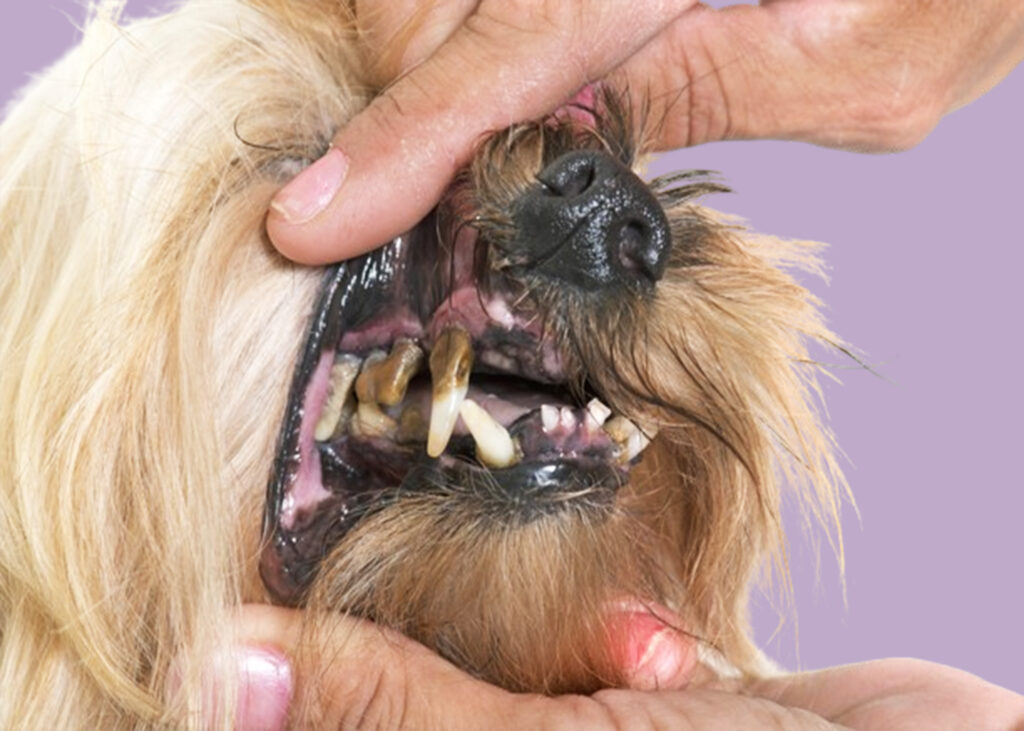
Keeping our dogs’ teeth in good condition is essential to their general wellbeing. If dental problems are not treated, dogs’ dental problems can have a negative impact on their mouths as well as their overall health. This is the main Pug Dogs Health Issues. It’s essential for proper pet care to comprehend the complexities of canine dental issues, from origins to symptoms and preventive methods.
Causes
Dog dental problems are frequently caused by a variety of circumstances. A deficiency of dental care, such as sporadic tooth brushing and an absence of chew toys, can cause plaque and tartar to build up. Weakened dental health is a result of poor dietary choices, especially those deficient in nutrients specifically needed for teeth. Genetic susceptibilities to specific dental disorders could potentially be relevant, highlighting the significance of ethical breeding methods.
Symptoms
It is possible to take prompt action when dental issues in dogs are identified by their symptoms. One typical early warning is persistent foul breath, which is frequently an indication of dental damage. Dental discomfort may be indicated by changes in eating patterns, such as difficulty chewing or an unwillingness to eat hard food. Other visual signs include excessive drooling, bleeding or irritated gums, and obvious tartar accumulation. A person’s altered behavior, such as irritation or mouth pawing, may potentially indicate underlying dental problems.
Preventions
Proactive steps that dog owners can include in their everyday routines are necessary to prevent dental disorders in their pets. Frequent tooth brushing with toothpaste designed specifically for dogs helps keep gums healthy and plaque-free. Providing suitable dental snacks and chew toys can help to clean teeth and encourage good oral health. It is essential to choose a diet that is nutritionally balanced and promotes dental health. Regular veterinary checkups are crucial for spotting possible problems early on and treating them, including dental exams.
Giving your dog’s dental health first priority is essential to responsible pet management; it goes beyond cosmetics. By being aware of the signs, identifying the causes, and taking preventative action, we give ourselves the ability to give our animal companions a lifetime of happy, healthy smiles and general wellbeing.
5) Skin Fold Dermatitis
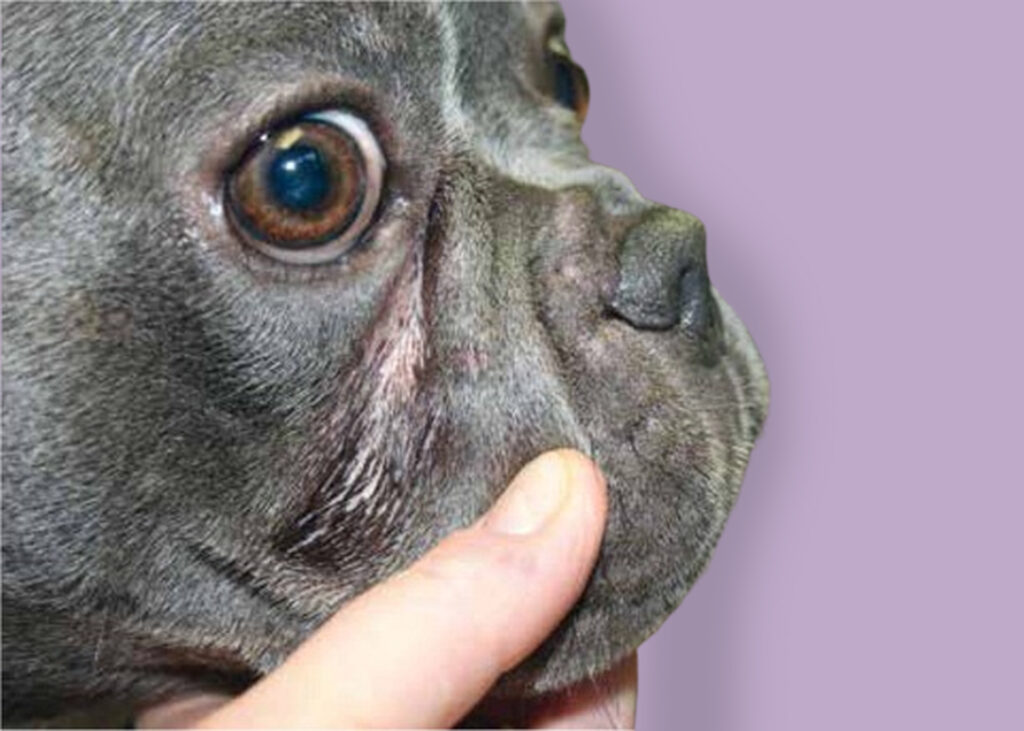
Pet owners must pay close attention to skin fold dermatitis, as it is a common dermatological condition in dogs, especially those with noticeable folds on their skin. This inflammatory disease develops where the skin rubs against itself, which fosters the growth of germs and fungi. This is the main Pug Dogs Health Issues, Maintaining the health of our dogs’ skin requires a deeper investigation of its causes, symptoms, and preventive actions.
Causes
Skin Fold Dermatitis is caused by the loose and folded skin characteristic of some breeds, including Shar-Peis, Bulldogs, and Pugs. These folds’ internal friction produces an environment where moisture builds up, which is perfect for the growth of bacteria and yeast. The problem can be made worse by poor hygiene, obesity, and underlying allergies, which highlights the importance of taking comprehensive preventive measures.
Symptoms
Recognizing a variety of symptoms is necessary to diagnose skin fold dermatitis. An unpleasant smell coming from the affected areas, redness, and swelling are all typical indicators of inflammation. Dogs may rub or scratch the afflicted skin folds in an attempt to relieve their agony. Open sores, drainage, and hair loss are possible in extreme situations. The dermatitis may worsen if the afflicted areas are repeatedly licked or chewed.
Preventions
Pet owners must take preventative measures to avoid skin fold dermatitis. Frequent hygiene procedures, such as mildly washing and patting down skin creases, aid in removing surplus moisture and inhibiting the formation of bacteria. It’s important to keep a healthy weight because skin fold problems are exacerbated by obesity. Choosing a healthy diet that takes into account any potential sensitivities promotes good skin health in general. Frequent veterinary examinations allow for early identification and treatment, which stops dermatological issues from getting worse.
Addressing and reducing dog skin fold dermatitis requires knowledge of the underlying causes, the ability to identify symptoms, and the application of preventative treatments. Pet owners may guarantee that their furry friends have the best possible skin health and general well-being by providing them with careful attention, good hygiene, and a proactive attitude toward health.
6) Eye Problems

Since a dog’s eyes are windows into their soul, taking care of their eyes is essential to their general wellbeing. This is the main Pug Dogs Health Issues. Dogs may have a range of ocular issues, from mild irritants to more serious disorders that could impair their eyesight. Pet owners can help ensure that their cherished companions have the best possible eye health by closely examining the causes, symptoms, and preventive measures.
Causes
Numerous reasons might lead to canine eye issues. Dust, pollen, and foreign objects are examples of environmental irritants that can cause conjunctivitis or abrasions to the cornea. More chronic conditions, like cataracts or progressive retinal atrophy (PRA), can be influenced by genetics, breed-specific predispositions, and congenital anomalies. Ocular symptoms are another way that systemic health issues, like diabetes, might present themselves.
Symptoms
Early treatment for canine eye issues requires recognition of the symptoms. Abnormal discharge, severe tearing, or persistent redness could be signs of underlying problems. Indications of pain include squinting, pawing at the eyes, and heightened sensitivity to light. More serious disorders may be indicated by cloudiness, changes in the appearance of the pupils, or the presence of a visible third eyelid. Any sudden change in the behavior or appearance of the eyes calls for immediate veterinarian care.
Preventions
Proactive steps and careful attention are needed to prevent canine eye issues. During routine veterinary checkups, routine eye exams can identify possible problems early on. Keeping one’s living space tidy and free of any irritants helps shield the cornea against abrasions and conjunctivitis. Wearing protective eyewear helps prevent injuries, especially for dogs that are in high-risk situations. A balanced diet and frequent exercise can address systemic health issues, which improve total ocular well-being.
For a dog to have a long and healthy life, eye health must be approached holistically. Pet owners can help maintain their furry friend’s eye health and improve their general well-being by being aware of the reasons, identifying the symptoms, and taking preventive action.
7) Allergies
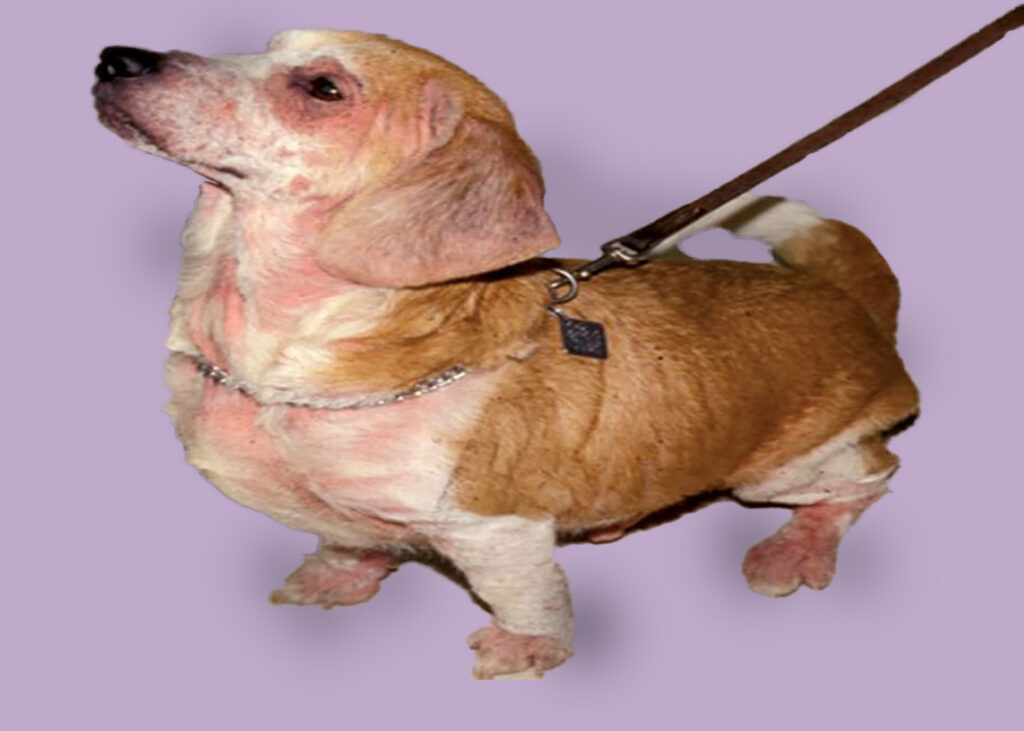
Dog allergies are a complicated and frequently misdiagnosed area of canine health. Understanding the nuances of canine allergies is crucial for responsible pet owners to recognize, control, and avoid these immune system reactions. This is the main Pug Dogs Health Issues. Let us set out on a quest to deconstruct allergies in our cherished canine friends, from identifying causes to identifying symptoms and taking preventative action.
Causes
Allergies in dogs can appear in reaction to a variety of stimuli. Dust mites, mold, and pollen are examples of environmental elements that can cause allergic reactions. Dog food allergies are typically caused by particular substances, most commonly proteins like beef or chicken. In dogs who are sensitive, flea bites can also result in allergic dermatitis. Allergies may arise as a result of genetic predispositions or breed-specific characteristics.
Symptoms
Dog allergy symptoms must be recognized with careful attention. Allergies may be the cause of dermatological problems like itching, redness, and recurring ear infections. Food allergies can cause symptoms in the gastrointestinal tract, such as diarrhea or vomiting. Sneezing and coughing are examples of respiratory symptoms that could point to environmental allergies. Allergy reactions can also manifest as behavioral changes, paw gnawing, or persistent licking.
Preventions
Dog allergy prevention requires a multimodal strategy. Food allergies can be lessened by choosing a premium, hypoallergenic diet that is customized to meet the needs of the dog. Allergy dermatitis can be avoided with regular grooming and flea prevention. Allergy risk can be decreased by recognizing and limiting exposure to environmental allergens, such as mold or pollen. Frequent veterinary examinations allow for the early identification and treatment of possible allergies, guaranteeing a pro-active approach to the health of dogs.
Dog allergies are complex and varied, so owners must take an educated and careful approach. Our canine friends can have happier, healthier lives free from the hardships of allergic reactions if we know what causes them, how to identify symptoms, and how to take preventative action.
8) Ear Infections
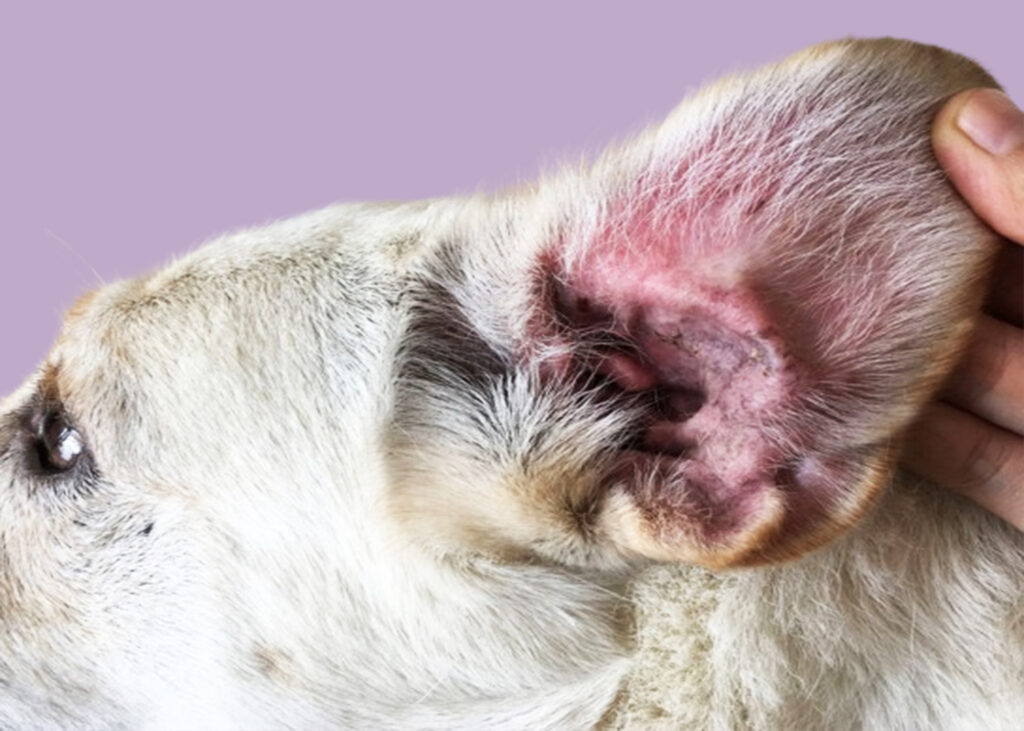
Dogs who suffer from ear infections may find it to be an uncomfortable and common condition that affects their general health. This is the main Pug Dogs Health Issues, Due to the complex structure of their ears, dogs are more prone to infections; therefore, in order to maintain the best possible ear health, it is important to recognize the symptoms, identify the causes, and take preventative action.
Causes
There are several causes of canine ear infections. Moisture buildup in the ear canal, which is frequently the result of bathing or swimming, fosters the growth of bacteria or yeast. Allergies, foreign objects, and ear mites can also cause infections. Because their ears flap more, breeds like Basset Hounds and Cocker Spaniels may be more vulnerable.
Symptoms
For prompt treatment to be implemented, it is essential to identify the signs of canine ear infections. A persistent head shake, ear scratches, or rubbing of the ears against objects could be signs of pain. Common symptoms include redness, swelling, or an offensive stench coming from the ears. There may also be discharge, excessive earwax, or outward indications of an ear canal infection. Further indications of a persistent infection may be behavioral changes, such as irritation or resistance to having the ears handled.
Preventions
Pet owners can incorporate proactive steps to prevent ear infections into their daily routine. Frequent ear exams aid in the early detection of infections, especially in breeds predisposed to ear problems. The risk of infection can be decreased by practicing good ear care, which includes gently wiping and drying your ears after being in the water. Ear health is influenced by avoiding exposure to possible allergens and taking quick care of any underlying medical issues, such as allergies. For expert exams and advice on preventive care, routine veterinary checkups are crucial.
It is imperative that we take a proactive stance towards the health of our dogs’ ears. Pet owners may significantly contribute to ensuring that their beloved pets live comfortable lives free from the discomfort of recurrent ear infections by being aware of the causes, identifying symptoms, and taking preventive action.
9) Patellar Luxation
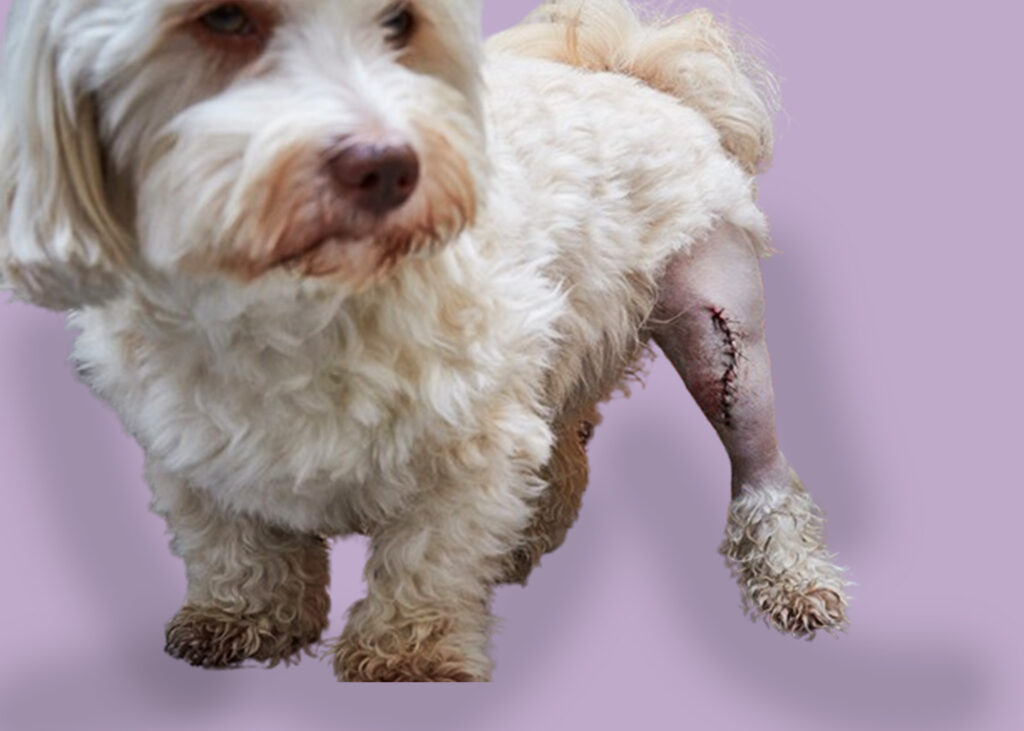
Dogs frequently experience patellar luxation, an orthopedic condition that limits their range of motion and general comfort. This disorder causes varied degrees of lameness and discomfort due to the patella (kneecap) being displaced from its normal position within the femoral groove. This is the main Pug Dogs Health Issues, Handling patellar luxation in our dog friends requires knowledge of the underlying causes, awareness of the symptoms, and the use of preventive measures.
Causes
The etiology of patellar luxation is complex and frequently involves a mix of environmental and genetic variables. Because of their anatomical conformation, some breeds—like Yorkshire Terriers, Pomeranians, and Chihuahuas—are more prone to this illness than others. In addition to muscular imbalances or anomalies in bone structure, trauma or injury can also be a contributing factor in patellar luxation cases.
Symptoms
Early management is possible when the symptoms of patellar luxation are recognized. This illness can cause dogs to become lame on occasion or all the time, especially in the rear limbs. Common symptoms include a jumping or skipping gait, resistance to bearing weight on the afflicted leg, and trouble extending the knee or stifle joint. When the patella is manually adjusted, some dogs may exhibit symptoms of pain or discomfort.
Preventions
A mix of proactive care and conscientious breeding techniques is required to prevent patellar luxation. In order to diminish the hereditary tendency in sensitive breeds, breeders should give priority to healthy anatomical traits. It’s important to keep a healthy weight because obesity might make the illness worse. Overall joint health is supported by regular exercise, which increases muscular strength and flexibility. Frequent veterinary examinations allow for early identification and treatment, which stops patellar luxation from worsening.
Having a thorough grasp of patellar luxation enables pet owners to make meaningful contributions to their animals’ well-being. We can guarantee our dog friends a life free from the restrictions and discomfort brought on by patellar luxation by understanding the causes, symptoms, and preventive methods.
10) Pug Dog Encephalitis (PDE)

PDE, or pug dog encephalitis, is an uncommon and fatal neurological condition that mostly affects pugs, a popular little breed with endearing dispositions. This is the main Pug Dogs Health Issues. Pet owners and veterinary professionals face several obstacles due to this inflammatory brain illness, which makes it necessary to gain a better grasp of its causes, symptoms, and possible preventive actions.
Causes
PDE’s precise causes are still unknown, which adds to the condition’s mystique. PDE tends to afflict pugs more commonly than other breeds, which leads some researchers to speculate about a possible genetic susceptibility. The inflammatory response typical of PDE may also be triggered by viral or autoimmune causes. A comprehensive study on the causes of this condition is still being conducted.
Symptoms
Despite the fact that PDE can advance quickly and devastatingly, it is important to recognize the signs in order to begin early treatments. Seizures, blindness, ataxia (lack of coordination), and behavioral abnormalities are common symptoms. Pugs that are afflicted may show signs of fatigue, head pushing, and circling. These symptoms worsen as the disease progresses, which unfortunately results in significant neurological impairment and a reduction in overall quality of life.
Preventions
Because we still don’t fully understand the origins of PDE, preventing it is a difficult task. Although there might be a genetic tendency, the risk might be reduced with appropriate breeding techniques. It’s critical to keep an eye on a pug’s health and recognize any early indications of neurological problems through routine veterinary examinations and honest contact with breeders. Novel approaches to identifying putative risk factors and preventive measures might surface as the research environment changes.
For both pug owners and the veterinary profession, pug dog encephalitis continues to be a confusing and tragic ailment. A dedication to conscientious breeding, watchful medical attention, and continuous investigation into the etiology of PDE can enhance our understanding of the condition and possibly guide future preventive actions.
Conclusion
Pug ownership has its own special rewards and duties, one of which is taking proactive care of their health. A balanced diet, good hygiene, frequent vet visits, and a caring home may all make a big difference in your pug’s happiness and well-being. Understanding the common health problems covered in this article enables pug owners to take preventative action to ensure the wellbeing of their cherished companions.





The things i have often told individuals is that when looking for a good online electronics shop, there are a few components that you have to remember to consider. First and foremost, you would like to make sure to get a reputable and also reliable shop that has enjoyed great critiques and classification from other people and industry analysts. This will make sure that you are getting along with a well-known store that can offer good support and aid to the patrons. Many thanks for sharing your notions on this website.